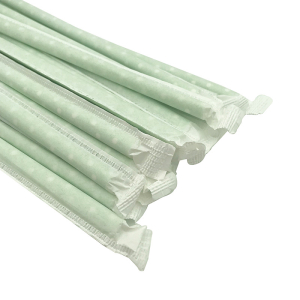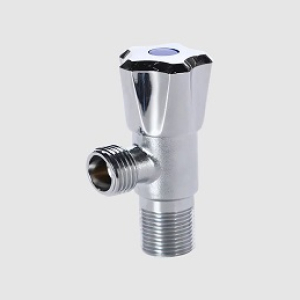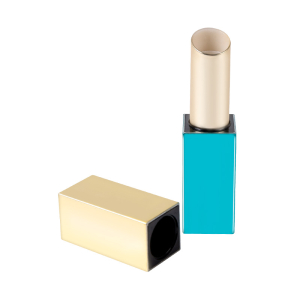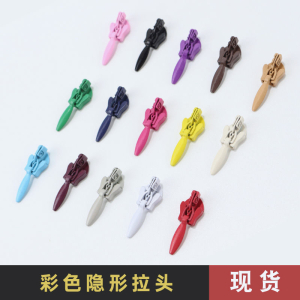Gross grain tape is a versatile material commonly used in various sewing and crafting projects. As with any fabric tape, one important consideration is its stretch and flexibility.
Gross grain tape, by nature, is known for its limited stretch or elasticity compared to other types of tapes. Unlike elastic bands or stretch fabrics, gross grain tape typically offers minimal to no stretch along its length. This lack of inherent stretch ensures stability and structure, making it ideal for applications that require strength and support. However, it's important to note that while gross grain tape lacks stretch, it may have some flexibility or give in the crosswise direction, allowing it to conform to curves or contours to a certain extent.
The absence of significant stretch in gross grain tape has its own advantages and makes it suitable for various purposes. For example, it is commonly used as a reinforcing tape in areas that require stability, such as waistbands, collars, cuffs, and hems. It helps maintain the shape of garments and prevents excessive stretching or distortion. Additionally, non-stretch gross grain tape is favored for decorative purposes, providing a crisp and structured finish to edges or seams.
When working with gross grain tape, it's important to consider its non-stretch properties in relation to the specific project. This includes selecting the appropriate width and ensuring it aligns with the intended use. It's worth noting that if stretch or flexibility is desired, alternative options such as woven or knit elastic tapes may be more suitable.






